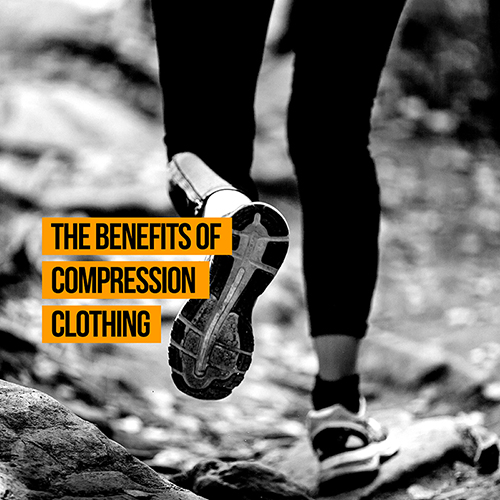In this day and age of fitness and exercise, we focus so much on what we put into our bodies. How much of it, what’s in it, and what effect it’s going to have, be it positive or negative.
But what about what we put ON our body? Fitness clothing is more important than ever with technologies coming into play. It paves the way for us to enhance our performance without any extra effort or training.
This week’s PhysioRoom blog is going to take a look at compression clothing. We’ll talk you through what it is and give a rundown of some different pieces available and their benefits.
What Are Compression Clothes?
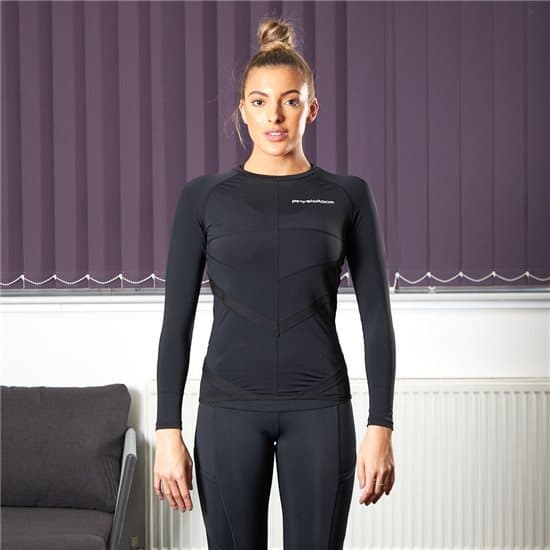
Compression clothing is specialised athletic apparel designed to fit tightly around the body. It is often made from elastic and spandex-like materials that provide graduated compression. This means it’s tighter in certain areas to promote improved blood circulation and muscle support.
The primary purpose of compression wear is to enhance performance and aid in recovery during and after physical activity. It achieves this by increasing blood and lymphatic flow to specific body parts. As a result, it reduces muscle soreness, swelling, and fatigue.
Compression garments come in various forms, including tops, shorts, leggings, sleeves, and socks. They are commonly worn by athletes and active individuals to optimise their exercise.
Socks
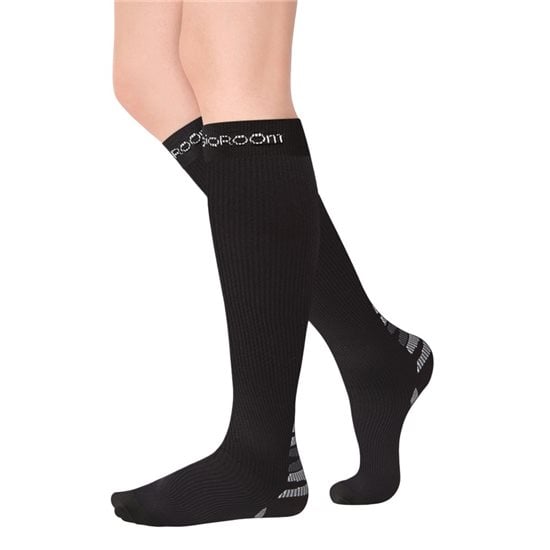
Athlete compression socks provide graduated pressure to the legs and feet. They are typically made from a blend of elastic fibres such as spandex and nylon. These materials create a snug fit, with the compression level being highest at the ankle. Then, it gradually decreases towards the calf and thigh.
The benefits include improved blood circulation, which can reduce the following:
- risk of blood pooling in the legs
- development of conditions like deep vein thrombosis (DVT)
They can also alleviate symptoms of tired and achy legs, swelling, and discomfort. Athletic support socks are commonly used by people who stand or sit for extended periods. Travellers on long flights and athletes for enhanced performance and recovery. Also, individuals with certain medical conditions like varicose veins or oedema.
Calf sleeves
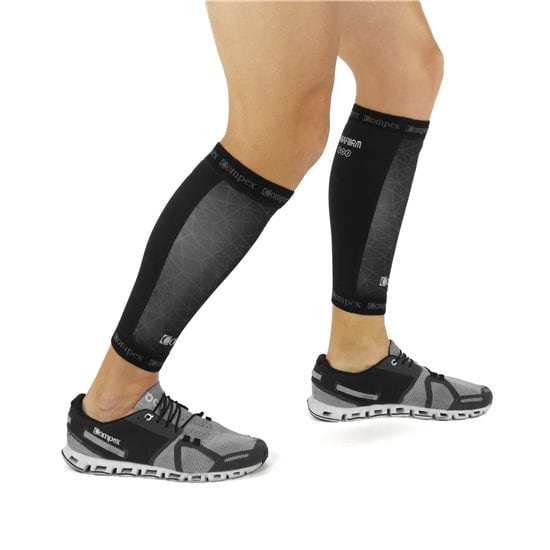
A calf compression sleeve provides targeted compression to the calf muscles and lower legs. The stretchy materials, such as spandex and nylon, ensure a secure fit.
Such sleeves work by applying graduated pressure, squeezing the muscles tighter at the ankle. Then, gradually decreases the pressure as they move up to the leg. This promotes improved blood circulation and reduces muscle fatigue. Moreover, it helps prevent swelling and cramping during physical activity.
Calf sleeve compressions, such as this Physioroom compression calf support, are commonly used by:
- athletes
- runners
- individuals involved in activities that place significant demands on the calf muscles
They can aid in both performance optimisation and post-exercise recovery.
Arm sleeves

Compression arm sleeves cover the arms from the wrist to the upper arm. They enhance blood circulation, which can help reduce muscle fatigue, soreness, and swelling. They also provide support to the arm muscles and promote faster recovery after exercise.
Athletes often use them to improve performance and reduce the risk of injuries like muscle strains. Additionally, compression sleeves for arms are sometimes worn for medical purposes. For instance, managing lymphedema or supporting those with circulatory issues.
Shorts

Compression shorts are form-fitting athletic apparel designed to:
- provide support
- reduce muscle fatigue
- enhance performance during physical activities
Typically made from elastic materials like spandex or Lycra. These shorts offer a snug fit that helps improve blood circulation and reduce muscle vibration. They aid in injury prevention and recovery, to add.
They are commonly worn by athletes, especially in sports like cycling and weightlifting. Compression shorts come in various lengths, from mid-thigh to just above the knee. Moreover, they are valued for their moisture-wicking properties, breathability, and comfort. These advanced compression shorts make an excellent example. Their tight, compression-like design minimises chafing and enhances overall comfort during strenuous exercise.
Shirts/tops
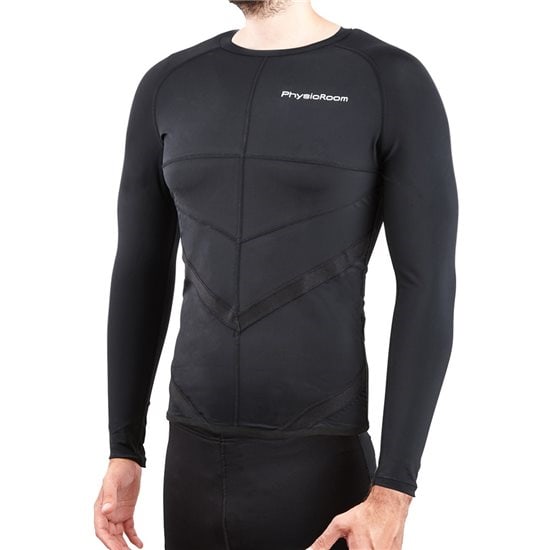
Compression shirts are snug-fitting, stretchy garments designed to wrap around the upper body. They apply gentle pressure to compress muscles and promote circulation. Moreover, they aim to reduce muscle oscillation and fatigue during physical activities. This, in return, can help enhance performance and reduce the risk of injury.
These garments are popular among athletes in sports such as running and basketball. They also find use in everyday fitness routines. Additionally, compression tops may provide post-workout recovery benefits. They are valued for their moisture-wicking properties and the way they contour to the body.
Round-up
The benefits of compression clothing extend far beyond just fashion. These garments are a valuable addition to any active lifestyle. They offer improved performance, reduced muscle fatigue, and enhanced recovery. Such clothing can help you reach your fitness goals and feel more comfortable doing so. So, why wait? Your body will thank you for it!
Explore Physiroom for a diverse range of sports clothing and accessories. Complement your training with our jogging accessories and water bottle packs.


